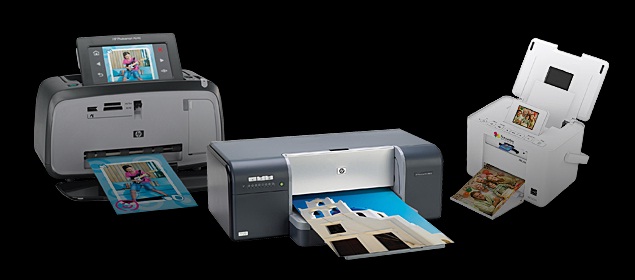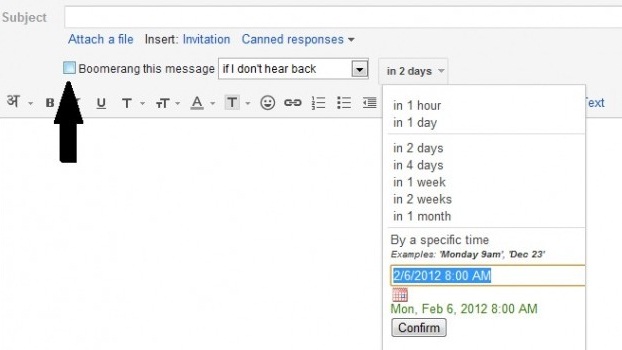Printer is getting a part and parcel of our everyday life. We cannot think of an office day without a printer. We use it in our office, home and business. But this is really important to use it in a why through which we can extend the life of printer. In this article I am going to explain ways to extend the life of your printer.
Printer Tip #1: Regularly Clean Your Printer :
Although this may seem obvious, simply cleaning your plotter correctly can have a dramatic effect on both the performance and life of the printer. Make sure excess paper dust and debris is regularly removed with a “deep clean” at least once a month. Furthermore, it is advisable to have your printer serviced on a regular basis to ensure that it continues to perform correctly.
Printer Tip #2: Only Use Paper that is in Good Condition :
Using torn, bent or used paper can lead to paper jams. As well as being an inconvenience to the user, any time a paper jam occurs, there is a possibility that a technical issue could arise. With the incorrect removal of jammed paper, pressure could be applied to fragile, mechanical components of the plotter and, therefore, cause parts to break. By only using paper that is in good condition, you are reducing the likelihood of paper jams and consequently, reducing the likelihood of any parts becoming broken.
Read:
- Improve Computer Performance Using 10 Cool Tips
- A Universal Printer Driver Is Just What You Are Looking For
- Repairing Your Printer? Get The Facts!
Printer Tip #3: Use Good Quality Paper :
In a similar way to using damaged paper, medium or low grade paper can also cause paper jams. While lower grade paper can look similar to its more expensive counterparts, it yields higher levels of dust (which is often why it’s cheaper). This creates a fine dust build up inside the machine which then creates extra friction on moving parts. In turn, these parts wear and tear with use more quickly and repair costs combined with production downtime will begin to outweigh the benefits of using cheaper paper. Typical dust-related faults include operators finding that their printer is either unable to align the paper properly or cannot recognize the paper.
Printer Tip #4: Avoid Fanning Paper Prior to Loading :
Many individuals believe that pages should be separated to reduce the likelihood of pages sticking together. However, fanning paper before loading it into the printer can cause a build-up of static electricity between the sheets of paper and, therefore, increase the risk of paper jams. Unless your printer is in an area with high humidity, paper should be loaded directly into the plotter without separating the pages.
Printer Tip #5: Take Care When Replacing Parts:
Printers have a lot of delicate, plastic and mechanical parts so it is important to ensure you take care when replacing parts. No force should be applied when disassembling or reassembling a printer. Therefore, if you find yourself needing to apply pressure, it is advised that you reassess how the parts connect or refer to the manual for advice on how the printer should be taken apart or put back together. Some parts also require metering otherwise there is a risk that it will blow the main board (the most expensive component).
Printer Tip #6: Anti-surge Protection:
Many people forget to fit an anti-surge device to their printer which will protect their machine in the event of a power surge. Often these type of repairs are the most expensive as they affect the electronic circuitry in the printer. When spending 100’s or 1000’s on printers it’s well worth forking out an extra £5-£30 for anti-surge protection.



